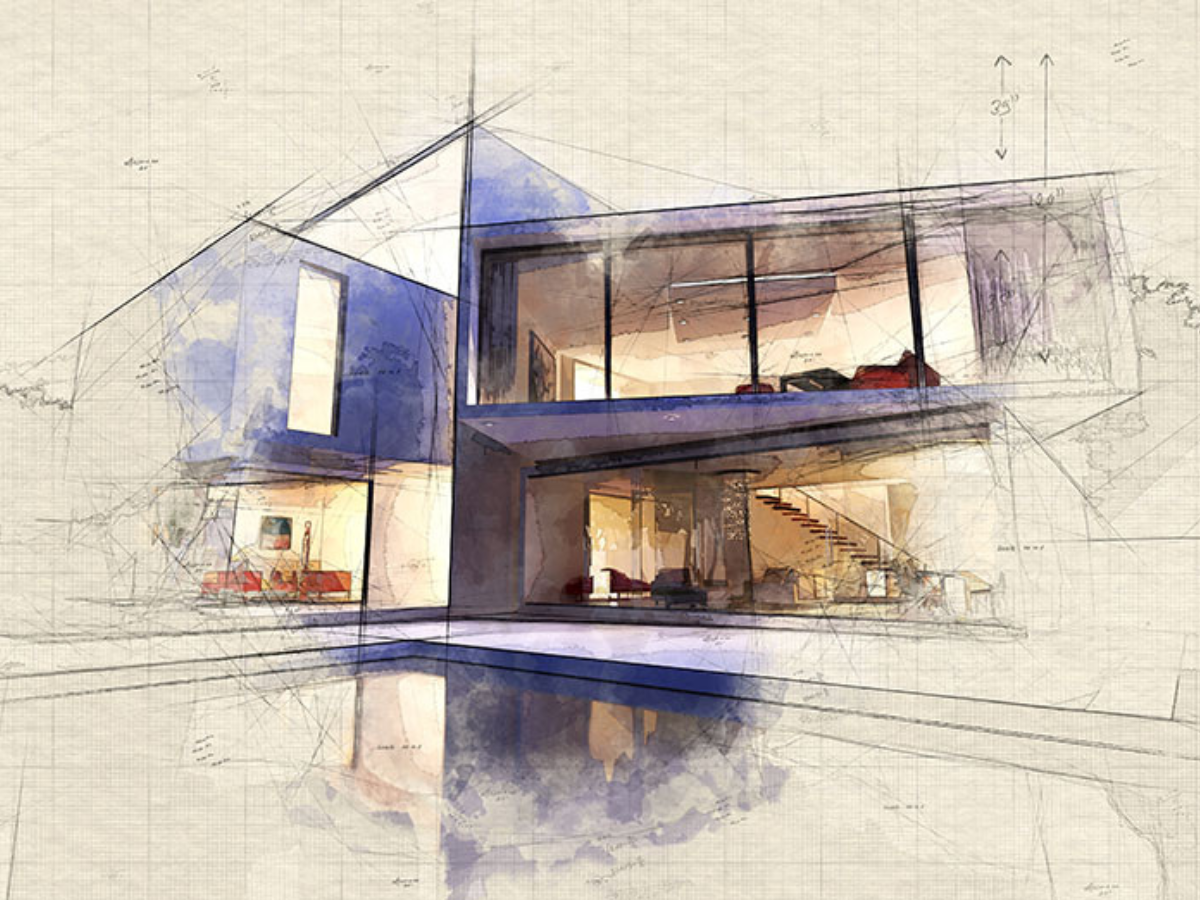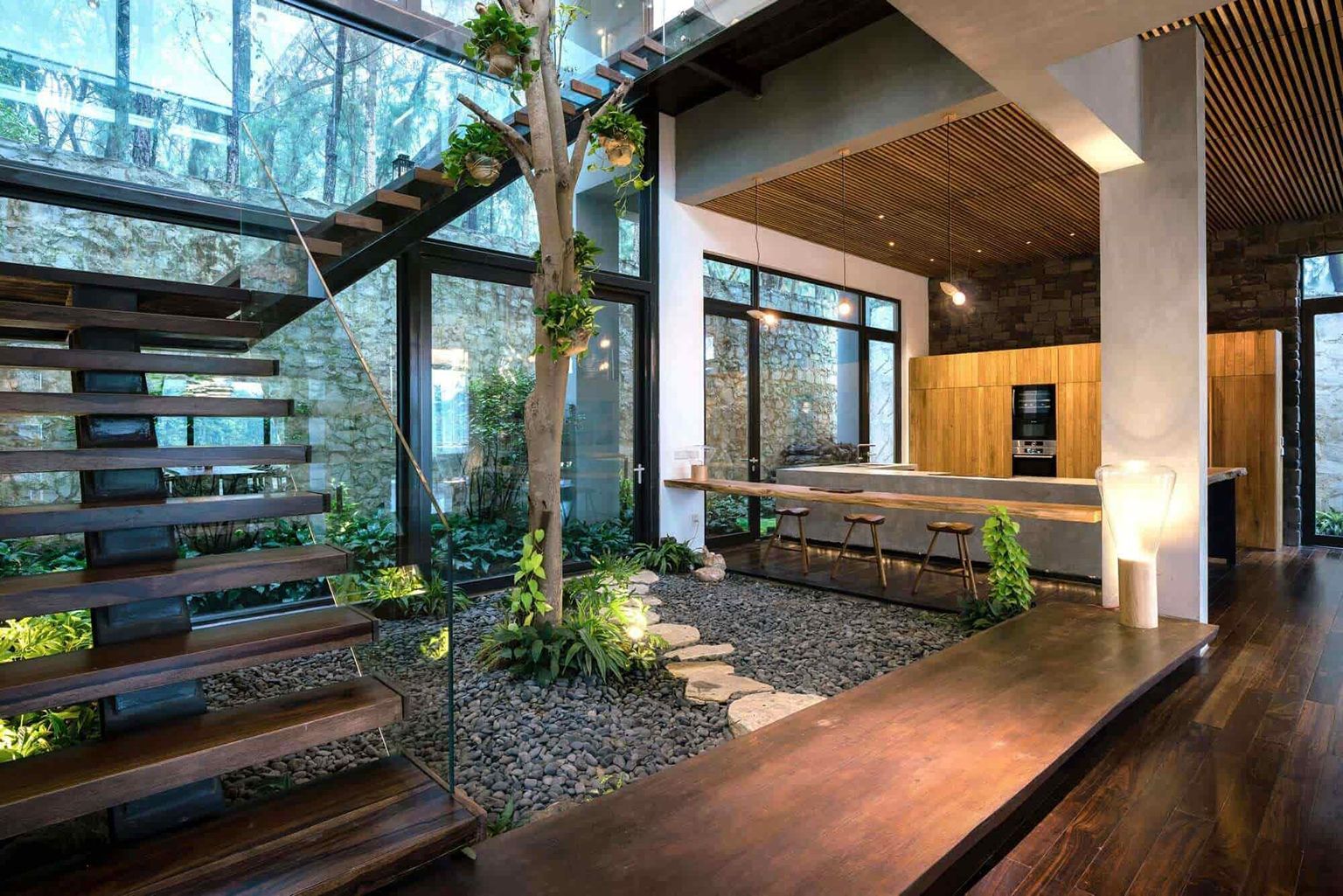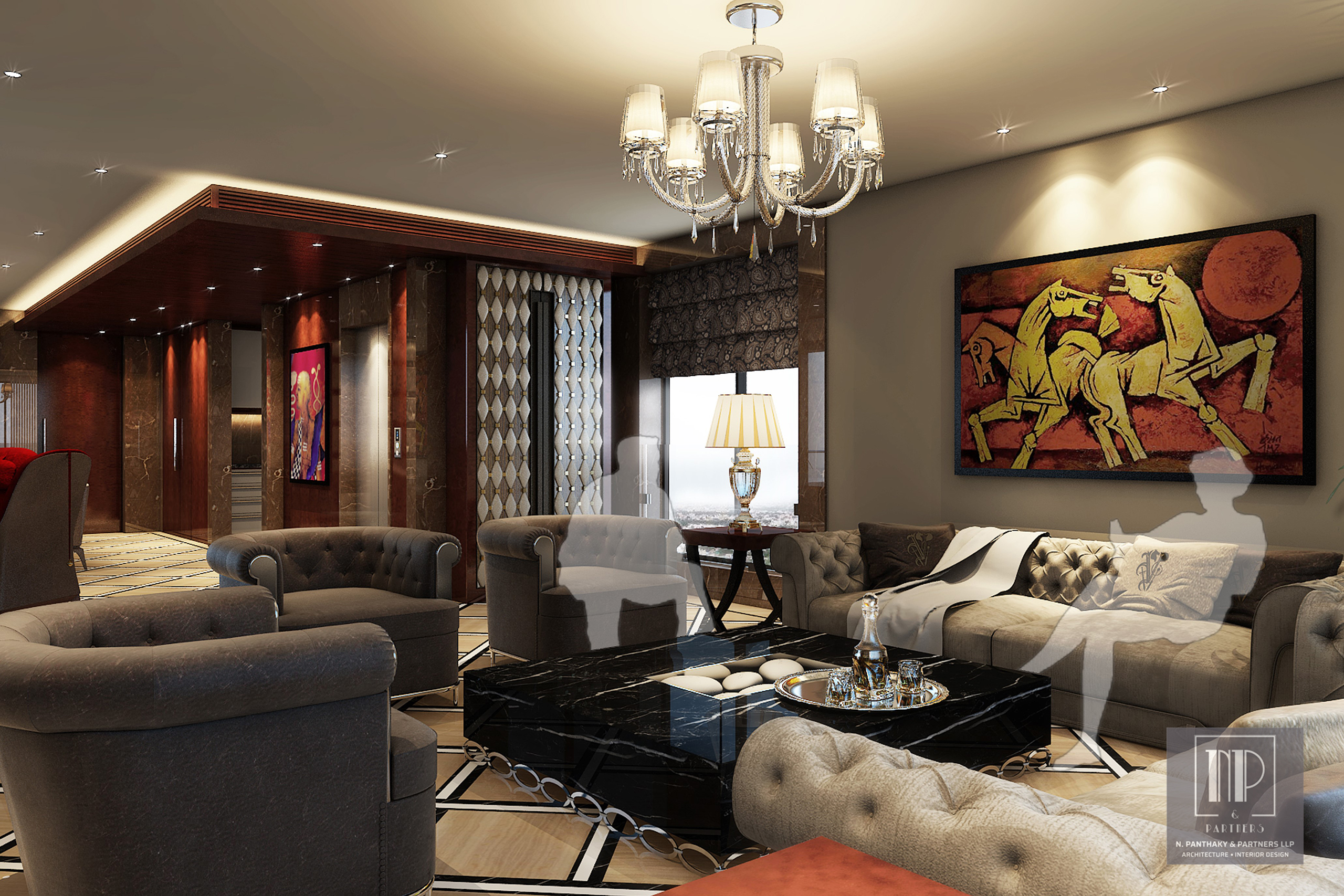
Lighting and its importance in Interior Design
Lighting is an important element of interior design. Expert lighting transforms and adds a dramatic dimension to a space. It is practically an art to combine wall lights, floor lights, cove lights, feature lights, strip lights, pendants, and lamps to create the desired effect. Good lighting can illuminate a room and draw attention to a focal point, while poor lighting can highlight flaws, cause headaches, tired eyes, and lighting fatigue. Hence, it is the professional interior designer’s job to work in harmony with lighting experts to balance light, shadow, and shade to maximize the impact of your interior space. Be it a home, a retail outlet, or an office, lighting plays a crucial role in creating well-lit spaces.
Types of interior lighting
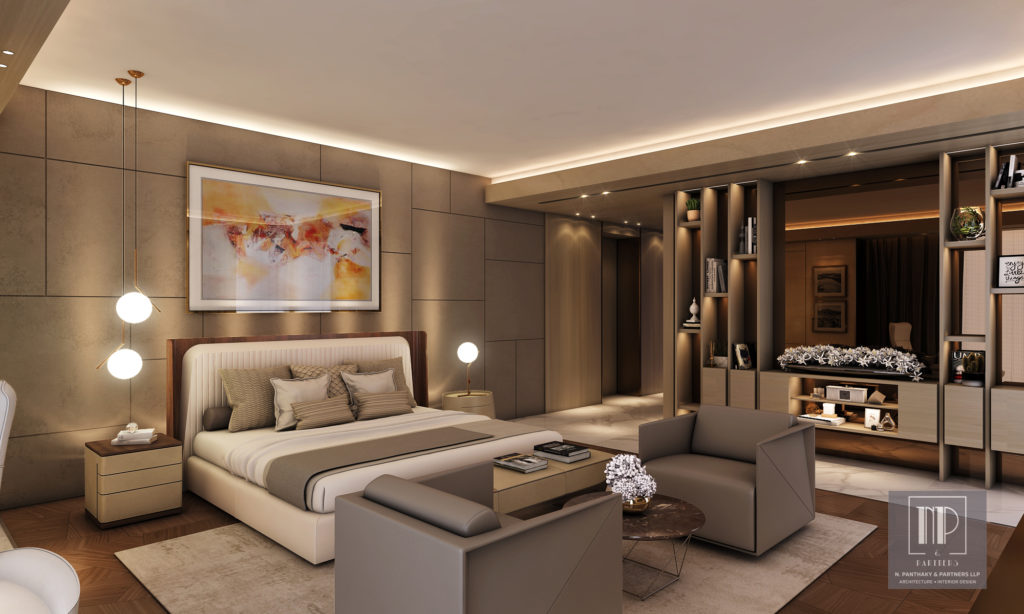
Broadly there are two main types of lighting – natural light and artificial light. Today as we discuss how to style the lighting in your interiors, we will highlight the different types of artificial lighting used to add layers and style your interior space. Artificial lighting in interior design fits into five types depending on its placement, brightness, and use. They are:
1. General lighting
General lighting is one of the first layers of lighting in modern interior design. It is the basic foundation of any lighting scheme used to illuminate the space functionally rather than for aesthetic reasons. This lighting source provides basic lighting requirements to create a safe and accessible space for users to move around. This type of light is direct and includes recessed ceiling lights, central pendants, chandeliers, and overhead ceiling fixtures.
2. Task lighting
The other type of lighting interior designers use in homes, offices, and retail is task lighting. Interior designers evaluate different activities like reading, cooking, dressing, or WFH that will take place in a particular space to ensure there is appropriate light for the function. As task lights have high wattage and intensity, they are combined with adequate ambient light to avoid eye strain. At home, task lights are used in areas above kitchen counters, bathroom vanities, mirrors, desks, and next to bedsides or chairs. In commercial spaces, task lighting is used above working areas or to create foot flow paths leading to a room or in the form of floor-level directional lights or riser lights on stairs.
3. Ambient Lighting
The next layer of lighting is ambient lighting meant to partner with general lighting to create a uniform light level. It is the first layer of lighting – indirect, soft, and dimmable. Ambient lighting is generally used for entertaining as it creates drama without causing unflattering shadows. It includes ceiling-mounted or recessed fixtures, wall sconces, cove lighting, floor lamps, pendants, and eyeball spotlights. Ambient light is not ideal for task work or to highlight specific elements in a space.
4. Mood lighting
Mood lighting is used to create an atmosphere within a room. It is combined with task lighting and convenience lighting to make up a complete lighting plan and is more concerned with style than functionality. Mood lights include table lamps, floor lamps, and adjustable lights. While selecting mood lighting, consider lower wattage, proportions of the shade, and its textures and linings for a luxurious glow.
5. Accent lighting
Accent lighting is the last layer of a well-designed lighting plan. Professional lighting designers and the best interior designers turn to accent lighting to add strong visual impact to a room. As accent lighting focuses light on a particular area or object, it is often used to highlight elements like a painting, an artifact, a sculpture, an entrance, or any focal point. Accent lights include wall sconces, floodlights, recessed lights, torchère lamps, or track lighting. Sometimes an elegant chandelier or dramatic pendant also serves as accent lighting.
It is often recommended to layer different types of lighting to create the perfect ambiance.
Lighting Techniques
Different kinds of lighting techniques allow an interior designer to manipulate the effect on a room. These lighting techniques are:
– Downlighting: It is a technique that uses a central source of lighting to add a moderate amount of light in specific areas of a room.
– Uplighting: Introduces light into a room by having it bounce off the ceiling and reflect back into the room.
– Wall washing: It softly illuminates a vertical surface by placing the light at an adequate distance for the beam to reach the intended surface.
– Wall grazing: It places a light intentionally close to the surface to illuminate its texture.
– Spotlighting: It produces intense illumination in a well-defined area to highlight a particular feature of the room
– Perimeter lighting: It is used in coving to accentuate the dimensions of a room.
The importance of lighting in interior design
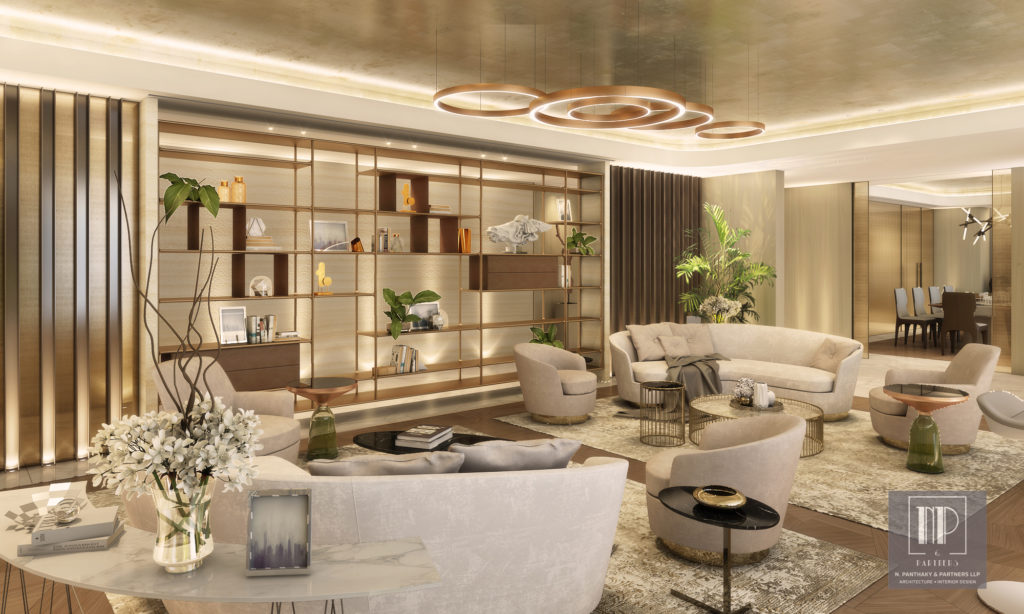
Lighting is one of the most basic elements in interior design. The type of light and its placement can transform a room into a seamless combination of functionality and style. Lighting in interior design is important because it –
- Enhances the aesthetical value of a space,
- Improves functionality and task performance,
- Highlights specific elements or attracts attention away from a particular point or corner,
- Adds drama to any space,
- Creates an illusion of space,
- Ensures optimal colour and texture management,
- Plays with one’s perceptions to change a room, and
- Enhance the mood and atmosphere in a room.
Conclusion
A perfect lighting plan aims to maximize the use of natural light and complement it with artificial light. A successful and flexible lighting plan will always have a mix of techniques and types to achieve the right balance of light. As lighting is a part of the design, the best interior designers plan light schemes to add functionality, beauty, brightness, drama, layers, and depth. It is all about getting the right mix of natural, decorative, and architectural lighting in your interior design to create the ultimate wow factor!




